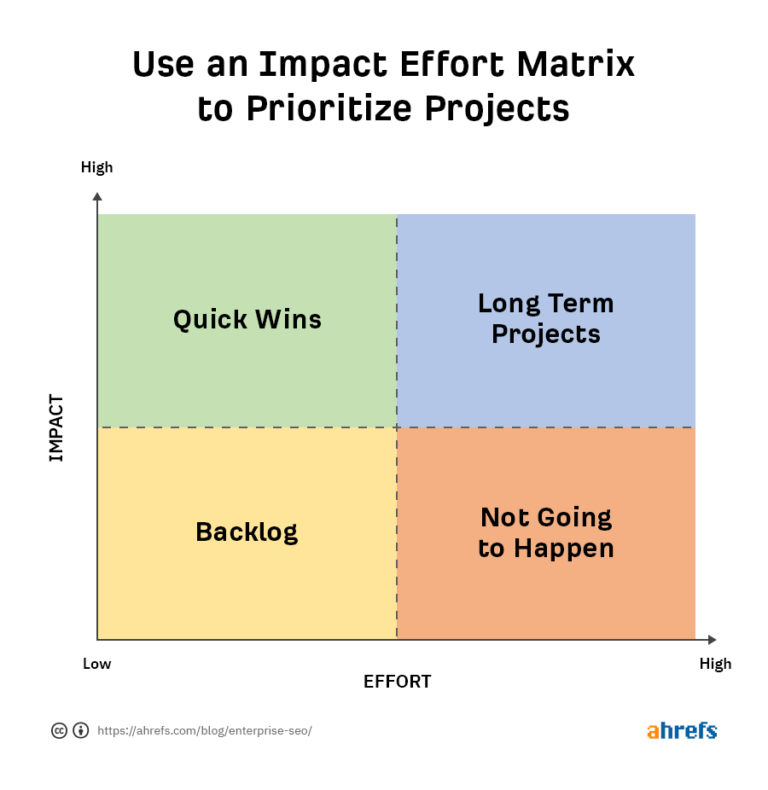5 Best CentOS Replacement Distributions in 2024
On 31st December 2021, the CentOS project made the shift to CentOS Stream – a rolling release that will serve as the upstream version for future releases of Red Hat Enterprise Linux (RHEL).
Sadly, CentOS 8, which was to enjoy support until 2029, will come to an abrupt and premature end. The imminent demise of CentOS has caused disquiet and consternation among CentOS lovers and the community at large.
As you know, CentOS is a fork and RHEL and packs with all the goodies that are provided with RHEL at absolutely no cost. For this reason, it has been used for quite a while in server environments, especially by small businesses.
If you have been using CentOS, especially in server environments, you may feel betrayed and not know the next course of action.
One of the options you can take is to migrate to CentOS Stream. However, this is not recommended especially for production environments. Your best bet is to opt for other distributions that are stable & reliable for production environments.
Here are some of the alternative distributions you can consider as curtains close on CentOS.
1. RHEL
RHEL, or Red Hat Enterprise Linux, is a top-notch Linux distribution created by Red Hat. It’s a great alternative to CentOS and is mainly designed for business use, providing a reliable base across different settings.
You can use RHEL on several platforms, like the cloud and Internet of Things (IoT) devices. It’s powerful for advanced technologies such as automation, cloud computing, containers, middleware, and microservices.
This system supports a variety of tasks on physical, virtual, and cloud infrastructures. It also includes useful tools for managing software, automation, middleware, and visualization from Red Hat.
One of RHEL’s strengths is its strong security features. It has customizable cryptography policies, a built-in authentication tool, and regular checks for vulnerabilities.
It’s important to note that to enjoy all of RHEL’s features, users need to subscribe, and the starting price is $349 per year.

2. AlmaLinux
Developed by Cloud Linux, AlmaLinux is an open-source operating system that is 1:1 binary compatible with RHEL and is supported by the community. It was developed to fill in the void that will be left after the demise of the CentOS project.
AlmaLinux is completely free without any usage restrictions. It was developed to handle enterprise-grade workloads and hence comes recommended for server environments and for handling critical workloads.
At the moment, the latest stable release is AlmaLinux 9.0. If you have yet to deploy CentOS 8 on your servers, consider installing AlmaLinux instead.
If you are already running CentOS 8, you can easily migrate to AlmaLinux using an installation script instead of starting all over with the installation.

3. Rocky Linux
Rocky Linux was made as a replacement for the original CentOS, which was initially designed to be a production-ready version of RHEL (Red Hat Enterprise Linux).
It’s a community-driven operating system focused on enterprise needs, providing open-source software and encouraging user involvement in its development.
Being downstream of RHEL, Rocky Linux is compatible with other Red Hat products at a binary level. To facilitate the transition for former CentOS users, the distro offers a handy conversion script called “migrate2rocky“, which is used to migrate all previous CentOS system repositories to Rocky Linux when activated.
For user convenience, developers have created three ISO types for each processor architecture – minimal, boot, and DVD.
One of the standout features is Rocky Linux’s commitment to stability, backed by a generous ten-year support lifecycle. However, it’s important to note that each major release focuses on incorporating stable and well-tested software, ensuring reliability for users.

4. Springdale Linux
Previously known as Princeton University Institute for Advanced Study, Springdale Linux (SDL) is a complete fork of RHEL.
It’s a project of Princeton University and is a complete OS that can be used either as a desktop or server distro. It packs with all the upstream packages and provides other repositories not included in Red Hat.
The latest version is Springdale Linux 9.2 and there is no equivalent for RHEL as yet, which points to the slow pace of development. Springdale is currently maintained by Princeton University and Institute for Advanced Study.
5. Oracle Linux
Oracle Linux is yet another distribution that you could count on as a possible replacement for CentOS. It is freely distributed by Oracle and made available under a partial GNU GPL license.
Oracle Linux is engineered to provide reliability, exceptional performance, and security for open cloud infrastructure. As pointed out earlier, it’s completely free to download, use and redistribute.
The current version is Oracle Linux 9.3. If you are running CentOS 7 or CentOS 8, a migration script is available to help you make the shift to Oracle Linux from CentOS.
These are some of the RHEL alternatives that you can leverage to provide enterprise-grade support and bridge the gap left by CentOS.
Other non-RHEL distros that could equally come to the rescue in production workloads include:
Although package management for the distributions is very different from RHEL & CentOS, These distros provide the rock-solid stability and reliability required for production workloads.






